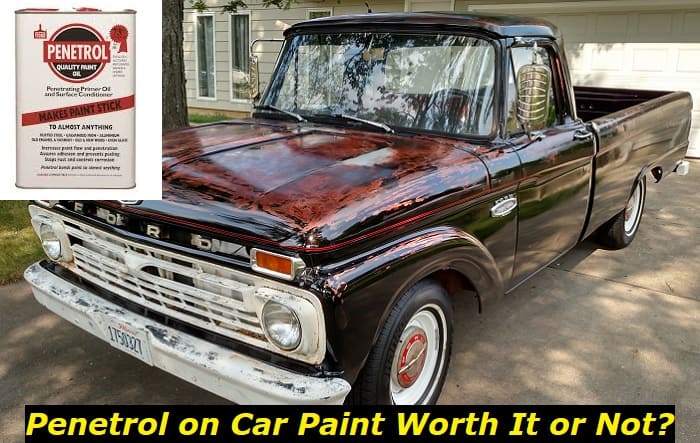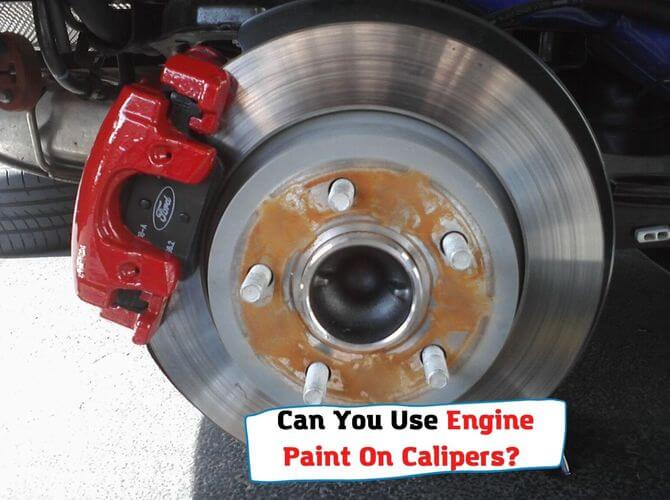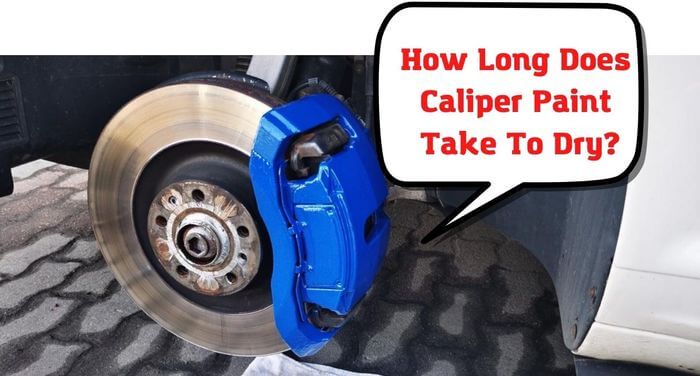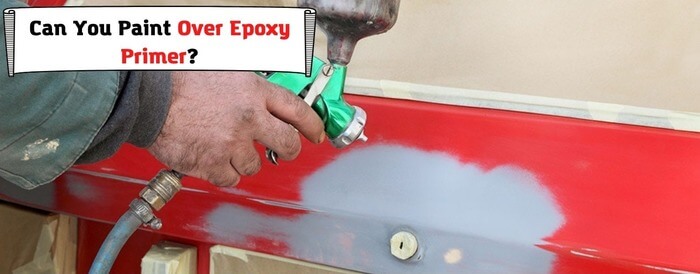When it comes to keeping your car looking as good as new, it’s important to make sure that you’re taking every measure possible. It can be difficult to keep the paint on your car in top shape, especially after being exposed to the elements year after year. That’s why a lot of people choose to use products like Penetrol when the weather is less than ideal for their car.
Paint protectants are used by car enthusiasts and owners of all kinds because they protect from UV rays and other harsh conditions that can damage the finish of the car.

As a car owner or even a detailer or a car mechanic, a lot is involved when it comes to more than just the standard washing, painting, waxing, and drying of vehicles. In fact, it is the small things that can make or break the final look of any car. Even if you’re not yet ready to explore your career in detailing or car decal, you might want to know about some of these tips as they will help you take better care of your car from now on.
After all, it is only with the right details that we can achieve an immaculate finish on our cars. Whether you are a professional detailer or just someone who loves keeping their car clean and shiny at all times, this article covers everything you need to know about Penetrol on car paint and its pros and cons.
What is Penetrol?
Penetrol is a paint protectant that is designed to be applied to your car’s paint to protect and maintain its finish. It’s a synthetic mixture of oil and solvent, which creates a barrier that keeps moisture from seeping into the paint. This protects your paint from UV rays and other types of sun damage, along with oxidation and other elements that can cause paint damage. It’s important to note, though, that a paint protectant is not a paint sealant or paint coating.
Penetrol is an oil-based additive that optimizes the performance of your wax or sealant when applied as a secondary coat after your primary layer of protection. In this post, we’ll take an in-depth look at the pros and cons of Penetrol on car paint.
Tips to use when applying Penetrol
Penetrol is readily available from any hardware near you and it goes around $30 to $35. It’s a great way to protect your car without having to repaint it.
Paint will spread evenly and smoothly when using Penetrol therefore, it makes painting an easy task. Simply add Penetrol to the paint stir the paint thoroughly and apply it. Penetrol will not alter with the color of the paint. If the paint sets or hardens before it is evenly distributed, add Penetrol until the paint is adequately and evenly and smoothly spread.
When spraying, Penetrol is usually added at 10-20% levels. If the paint is too thick or if it is hot outside, you may need as much as 20% to 30% Penetrol.
When applying Penetrol to an already painted car, remember to use a soft cloth or a sponge and it is advisable to use up-down movements rather than random spiral movements because it might leave streaks that you do not want people to notice.
During application, if you notice that you have left a spot, wait for a day or two to ensure that the Penetrol has completely dried up, then go apply it on the missed spot. When applied, Penetrol acts as a shield that helps to protect your car’s paint against the harsh elements and from the damaging effects of UV rays for up to one year. As a secondary layer of protection, Penetrol works best when applied to a freshly waxed or sealed car.
Pros of using Penetrol on your car’s paint
- Excellent UV protection. The sun’s UV rays can do a lot of damage to your car’s paint, as well as other materials within the car like the leather seats or steering wheel. Over time, these UV rays can cause cracking, fading, and even paint chips. A paint protectant like Penetrol can help prevent this from happening by blocking UV rays and keeping them from reaching the paint.
- Helps prevent oxidation. One of the biggest issues that happen with car paint over time is oxidation. As paint oxidizes, it turns a dull and hazy color that can be difficult to remove. This can happen quickly in areas that are exposed to a lot of elements, like the top of a car or the hood. A paint protectant like Penetrol can help prevent oxidation from happening and keep your car’s paint looking fresh and new. It also helps protect the metal from oxidizing any further, therefore protecting the car from rust.
- Helps the paint last longer. The paint on your car is made to last, but it can be affected by a lot of different elements. As paint ages, it can crack, fade and become more susceptible to damage. A paint protectant like Penetrol can help slow down the aging process and help the paint last longer.
Cons of using Penetrol on your car’s paint
- May not be effective on extremely old paint. While paint protectants are generally worth their weight in gold, the way they work means that they are best for newer paint. If your car has been around for years and has seen many winters, the paint may be so old that Penetrol won’t be as effective.
- Can be difficult to remove. Paint protectants like Penetrol are made to last, which also means that they’re tough to remove. If you’re trying to take the protectant off the paint, it may take some elbow grease. This can make it hard to get the paint ready for a fresh coat of paint or a new coat of wax.
- Penetrol will not hide scratches, rust marks, or dents if applied to already painted cars, it can only help to protect the surfaces from further damage and make sure that they stay clean. For best results, start with fresh, quality paint. Old paint will benefit from Penetrol as well, but it will require more Penetrol than new paint.
Is Penetrol worth it?
As long as you are not applying it to extremely old paint, YES. Paint protectants are well worth it, especially when you consider the price difference between a car in great condition and a car with paint that has been worn down from the elements. Penetrol provides an excellent level of protection for your car’s paint by waxing and sealing the paint to the car. If you are looking to keep your car in great condition, it is not a bad idea to use it as a protectant.
This product is made to protect and seal paint against harsh elements and should last a few months up to a year before reapplication is necessary. It is important to note that paint protectants like Penetrol only protect the paint; they do not provide any additional protection for the rest of the vehicle.
Final thoughts
When the temperature drops, people often experience a drop in mood as well. Driving around in a car that’s been neglected can make the winter months seem even longer. Thankfully, paint protectants like Penetrol are available to protect your car’s paint and make it look as good as it did when the car was brand new. Penetrol is one of those protectants and has become quite popular with people who love their cars but also hate seeing so much damage during ugly winter months or as time goes on due to natural aging processes.
Even though paint protectants like Penetrol are extremely helpful and worth the investment, it is quite important to remember that even with these products, taking care of your car is a full-time job. The best way to keep your car protected during severe weather is to keep it clean and covered when it’s not being used.
As a car owner, you must be very careful and vigilant about the products that you use on it as even small mistakes can cause huge damage and when it comes to car maintenance, the smallest details can make a big difference. Every car needs tender loving care and attention for it to thrive in its environment regardless of the weather it is exposed to. The right kind of car wax or paint sealant and protector can go a long way in keeping your car looking good for longer periods.
Penetrol is a great product and does a wonderful job of sealing and protecting your car’s paint job from the elements. I hope that this article will open your eyes to matters Penetrol and you will be able to make a better judgment if it is for you or not.
- Can You Unmix Paint: Techniques, Consequences, Alternatives - February 23, 2024
- Does Primer Need to be Mixed? Effective Primer Application - February 22, 2024
- How to Make Old Paint Usable Again: Retrieving and Preserving Paint - February 21, 2024



